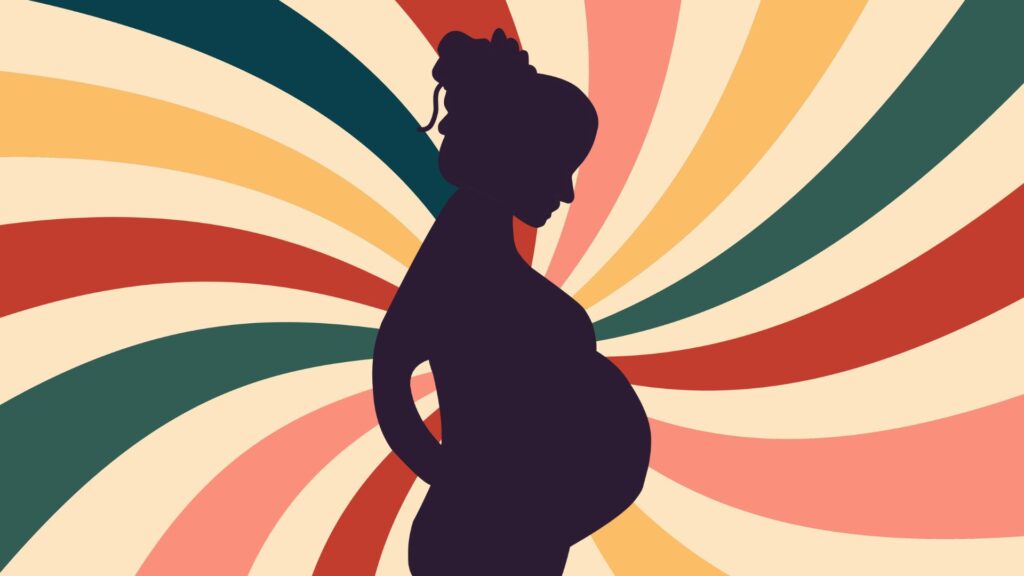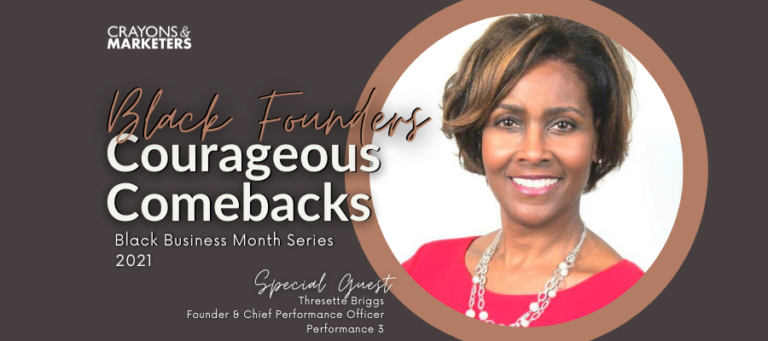Why Are Advertisers Afraid of the Baby Bump? The Underrepresentation of Pregnant Women in Advertising

Ever notice how rarely you see pregnant women in ads? That’s odd, considering women control or significantly influence most purchasing decisions, impacting everything from groceries and electronics to cars and vacations. Yet, despite women’s undeniable buying power, pregnant women remain largely absent from mainstream marketing campaigns except for the obvious niches like diapers and maternity clothes.
Enough. Women are all the things, right? They’re CEOs, investment advisors, teachers, athletes, entrepreneurs, and so on. And they can be all those things while pregnant. What advertisers are ignoring is the intersectionality of women’s experiences and identities, particularly during pregnancy.
So, if we’re not seeing pregnant women in everyday settings, what are we seeing? Glad you asked. Let’s dig in.
Stereotypes and Stigmas about Pregnant Women
While we’re slowly seeing more diversity in skin tones and hair textures, advertising still skews toward younger, slender White women with flawless skin. Research by Getty Images shows that less than 1% of visuals in advertising feature pregnant women. When shown, they’re in their 20s and rarely featured outside of their pregnancy, resulting in low visibility in the workplace, social settings and a variety of other environments.
Risk Factors
Many brands hesitate to feature pregnant women in their advertising, fearing potential backlash. Fear driven by outdated societal taboos and misconceptions about pregnancy has led some advertisers to hold back to avoid triggering negative reactions from certain viewers. This has created persistent gender bias, leading brands to either avoid the subject altogether or limit women to “safer” representations (e.g., home vs. the boardroom). As a result, women, including those who are pregnant, remain underrepresented or misrepresented in ads.
The absence of pregnant women in advertising has consequences, such as:
- Exclusionary Messaging: Excluding expectant mothers can make them feel invisible and excluded from mainstream consumer culture, which can have broader implications on mental health.
- Reinforcement of Stereotypes: By avoiding this demographic, brands inadvertently perpetuate stereotypes of pregnant women as passive, fragile or homebound.
- Negative Impact on Body Image: The underrepresentation of diverse body types, including pregnant bodies, can contribute to negative body image issues among women.
Inclusive advertising can enhance a brand’s reputation for being progressive, empathetic and relevant, while exclusionary practices can cause irreparable harm.
Call to Action for Advertisers
The advertising industry has a blind spot: pregnant women, a demographic with immense buying power, who are often ignored or stereotyped. While companies like Nike, for example, who launched a campaign featuring pregnant athletes in 2021, are starting to come around, most still lag behind. But this wasn’t a slam dunk for Nike, either. Many felt this attempt rung hollow given the brand’s treatment of female athletes in the past. This serves as a reminder that your corporate values must genuinely align with the message it puts out, as consumers can easily see through the nonsense.
The goal should be to normalize the representation of pregnant women in advertising across the board, from helping to build out the campaigns to being featured in them in various contexts. To move their presence from the occasional ad to a fully inclusive marketing strategy in which pregnant women are considered just as capable and marketable as other more commonly featured groups.
Doing so is the only way to truly advance the authentic representation of all women.
Interested in learning how your organization can adopt an inclusive marketing approach? Reach out.






